Articles > Geography
Trying the top Alaska cities on US State Largest Cities – Choose State & Number? Here are the top 10 to get you started.
1. Anchorage, AK (Population: 286,075)
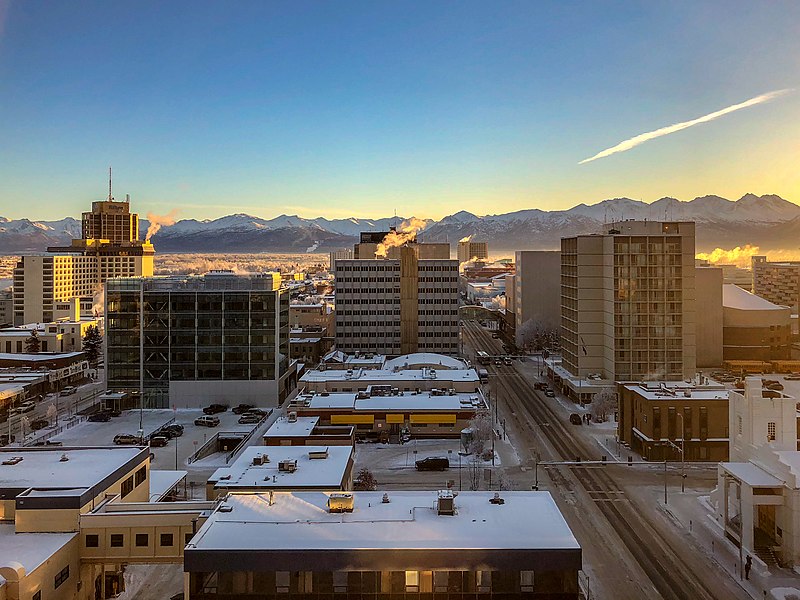
Anchorage, Alaska’s largest city, is home to nearly half the state’s population and serves as its economic and cultural hub. Surrounded by dramatic landscapes of mountains, forests, and coastline, Anchorage offers a unique blend of urban life and wilderness. It plays a key role in Alaska’s transportation, oil, and tourism industries, while also supporting a growing arts and cultural scene with museums, galleries, and festivals. Outdoor enthusiasts flock to Anchorage for hiking, skiing, and wildlife viewing. Despite being a modern city, Anchorage retains a frontier spirit, shaped by Alaska’s rugged geography and climate.
Interesting Fact:
Anchorage is just under 10 hours by car from Denali, North America’s tallest peak at 20,310 feet.
2. Fairbanks, AK (Population: 31,856)
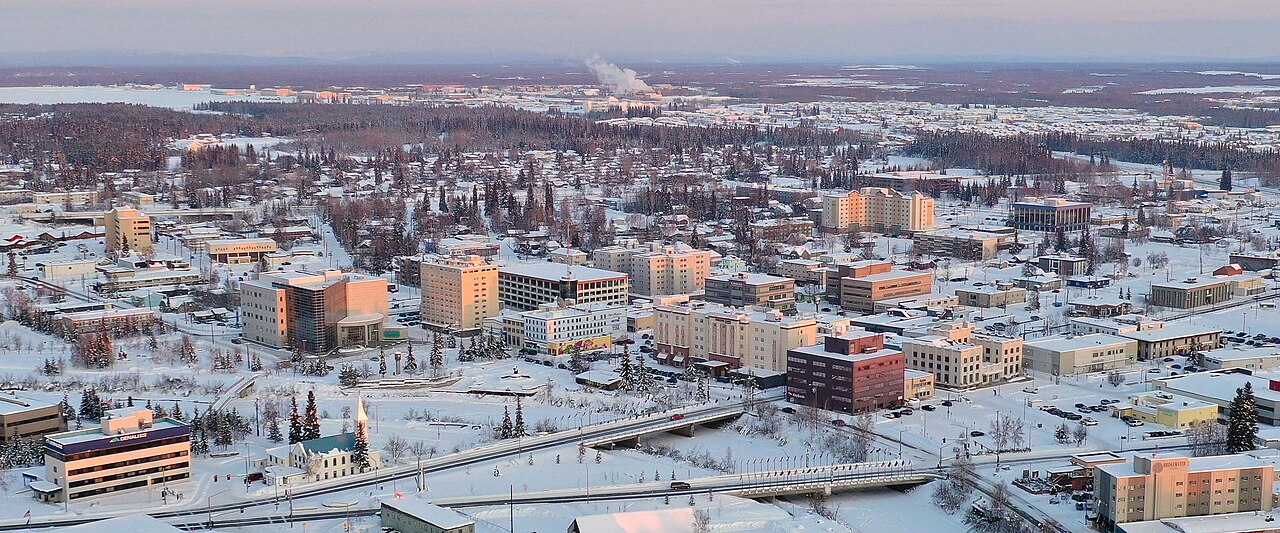
Fairbanks, known as the “Golden Heart of Alaska,” lies in the interior and is famous for its extreme temperatures, from frigid winters to warm summer days. Founded during the gold rush of the early 1900s, the city grew as a mining and trading hub. Today, it’s known for the University of Alaska Fairbanks, research in Arctic science, and a vibrant cultural scene. Fairbanks is also a prime location for viewing the northern lights, drawing visitors from around the world. Despite its small size, it remains one of Alaska’s most influential cities.
Interesting Fact:
Fairbanks has recorded temperatures as low as −66°F and as high as 99°F, showing its dramatic climate range.
3. Juneau, AK (Population: 31,555)

Juneau, Alaska’s capital, is uniquely accessible only by boat or plane, as no roads connect it to the rest of North America. Nestled between mountains and the Gastineau Channel, Juneau combines stunning natural beauty with political importance. Government buildings sit alongside cultural sites like the Alaska State Museum. Tourism plays a major role in its economy, with cruise ships bringing thousands of visitors each summer. Outdoor activities abound, from kayaking and whale watching to hiking trails that lead into pristine wilderness. Its remote setting makes it a city like no other capital in the U.S.
Interesting Fact:
The nearby Mendenhall Glacier is one of Juneau’s most famous natural attractions, stretching 13 miles long.
4. Wasilla, AK (Population: 9,945)
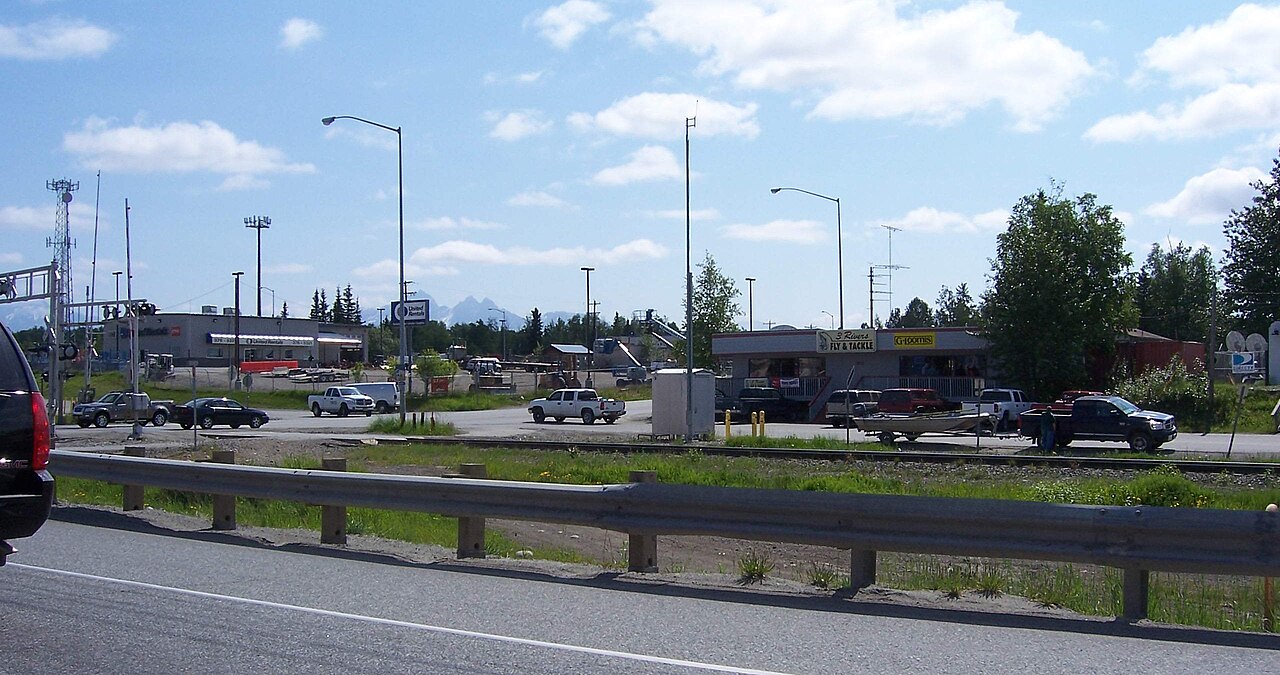
Wasilla, located in the Matanuska-Susitna Valley, is one of Alaska’s fastest-growing communities. Originally a supply stop along the Alaska Railroad, it has evolved into a commuter town for Anchorage while retaining its small-town character. The city is surrounded by lakes, mountains, and trails, making it popular for outdoor recreation such as fishing, snowmobiling, and dog mushing. Wasilla is also known as the hometown of Sarah Palin, former governor of Alaska. Its mix of suburban life and proximity to wilderness makes it a popular choice for families and outdoor enthusiasts alike.
Interesting Fact:
Wasilla is a major hub for the famous Iditarod Trail Sled Dog Race, which begins nearby in Willow.
5. Sitka, AK (Population: 8,282)

Sitka, situated on Baranof Island, has a rich history as the former capital of Russian America before Alaska’s purchase by the United States in 1867. The city is known for its blend of Russian, Native Tlingit, and American heritage, visible in its architecture, totem poles, and cultural festivals. Surrounded by mountains and the Pacific Ocean, Sitka is also a center for fishing and tourism. Visitors are drawn to its historic sites, wildlife, and natural beauty. Despite its small size, Sitka offers a vibrant arts community and a deep sense of history.
Interesting Fact:
The transfer ceremony for Alaska from Russia to the U.S. in 1867 took place in Sitka.
6. Ketchikan, AK (Population: 8,079)
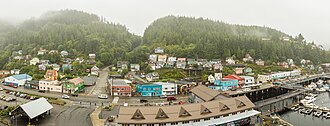
Ketchikan, located in southeastern Alaska, is often the first stop for cruise ships traveling the Inside Passage. Known as the “Salmon Capital of the World,” it has a thriving fishing industry. The city is also famous for its large collection of totem poles, reflecting the heritage of the Tlingit, Haida, and Tsimshian peoples. Tourism is central to the economy, with visitors exploring the historic Creek Street district, hiking trails, and cultural centers. Ketchikan’s colorful waterfront and misty weather create a distinctive charm that has captivated visitors for decades.
Interesting Fact:
Ketchikan has more totem poles than any other city in the world.
7. Kenai, AK (Population: 7,746)
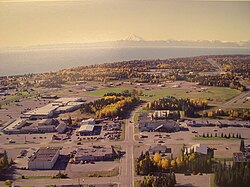
Kenai, situated along the Kenai River, is famous for salmon fishing and stunning natural scenery. The city traces its history back to Russian fur traders in the 18th century, with some historic Russian Orthodox churches still standing. Today, Kenai is known for both its commercial fishing industry and as a recreational destination for anglers. Its economy also benefits from oil and gas development in the region. Visitors are drawn to its mix of cultural history, fishing, and natural beauty, making it a small city with big appeal.
Interesting Fact:
Each summer, the Kenai River hosts one of the world’s most famous salmon runs, attracting anglers worldwide.
8. Palmer, AK (Population: 6,378)
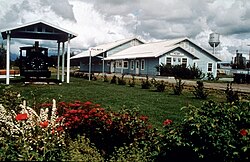
Palmer, in the Matanuska Valley, is known as Alaska’s agricultural heart. Founded during the 1930s New Deal colonization project, it became a farming community with settlers from the Midwest. Today, Palmer continues this agricultural tradition, hosting the Alaska State Fair each year, where giant vegetables grown in the long summer daylight are showcased. The city is surrounded by mountains, offering outdoor recreation opportunities. Palmer combines its farming heritage with modern suburban growth, making it a unique blend of rural and urban lifestyles in Alaska.
Interesting Fact:
Palmer holds the world record for some of the largest vegetables, thanks to Alaska’s long summer days.
9. Bethel, AK (Population: 6,292)
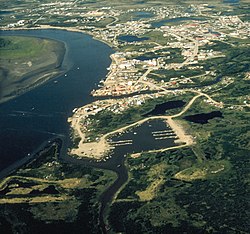
Bethel, located in western Alaska, serves as the main hub for over 50 remote villages in the Yukon-Kuskokwim Delta. Accessible primarily by air and river, Bethel is an important center for transportation, healthcare, and education in the region. The city reflects Alaska’s rural character and is deeply connected to Native Yup’ik culture, which influences its traditions, festivals, and daily life. Despite its remote location, Bethel is a vibrant community that bridges modern services with Alaska Native heritage.
Interesting Fact:
Bethel hosts the famous Kuskokwim 300 dogsled race, one of Alaska’s premier mushing events.
10. Homer, AK (Population: 6,040)
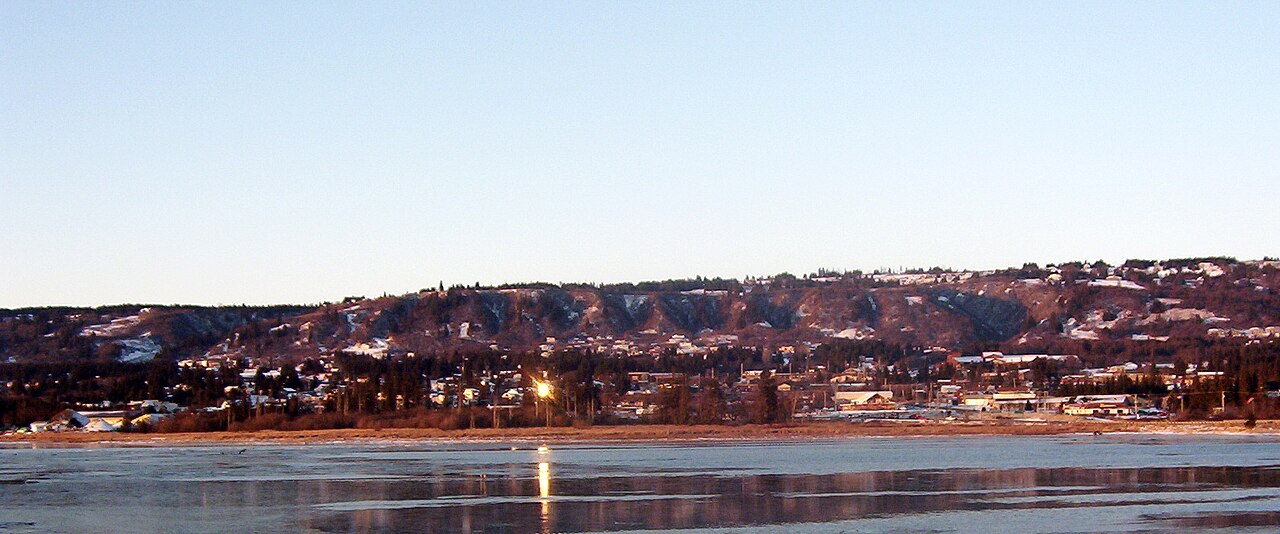
Homer, located on the Kenai Peninsula, is often called the “Halibut Fishing Capital of the World.” The city is best known for the Homer Spit, a narrow strip of land stretching into Kachemak Bay, lined with shops, restaurants, and fishing charters. Homer has a thriving arts community, with galleries and music venues adding to its charm. Surrounded by mountains, glaciers, and ocean, the city is a gateway for outdoor adventures such as kayaking, wildlife watching, and hiking. Homer blends small-town life with stunning natural beauty and creative energy.
Interesting Fact:
Homer’s Spit is nearly 4.5 miles long and is one of the longest road-accessible spits in the world.




